The U.S. Department of Agriculture estimates that approximately $2 billion in poultry feed is destroyed by rodents annually. Extrapolating from the startling data found here, I calculated that 25 rats can consume 500 pounds of feed per year. But financial loss to rodent consumption is not the only price paid for their presence in the chicken yard they are known carriers of approximately 45 diseases, including salmonellosis, pasteurellosis, leptospirosis, swine dysentery, trichinosis, toxoplasmosis and rabies. Mice and rats can carry disease-causing organisms on their feet, contaminating ten times the amount of feed they consume with droppings, urine and hair. So, between the risk of disease posed to my flock and the consumption of costly chicken feed, I began to realize that a well constructed treadle feeder that denies rodents access is worth its weight in gold.
This treadle feeder has a cantilevered lid over the feed trough that lifts to expose the feed when a chicken steps onto the attached platform and closes automatically when the chicken steps off it.
FEATURES
- The standard feeder requires 14 ounces of weight to open the lid. An adult rat weighs approximately 9 to 11 ounces. Rats, mice, sparrows, rabbits, squirrels, etc. are all too light to open it.
- Anti-flick grill: prevents the birds from scooping feed out of the trough onto the dirty ground where coccidiosis and other diseases can contaminate the feed.
- Capacity: a standard feeder holds 20 lbs of feed, which services approximately 6 chickens for 10 days. Vacation, anyone?
- This treadle feeder is made of galvanized steel with an alloy tread plate. They are waterproof and can be used inside or out.
- Poop-proof-chickens can’t poop in it when the lid is closed.
TRAINING
There is a training period that allows the birds to become accustomed to the operation of the feeder, but it requires no effort on the part of the chicken-keeper. Chickens are distrustful of change because as prey animals, new things can mean a predator is behind it.
For the first week of training, two bolts prop the lid open fully and the birds get a feel for standing on the plate and putting their heads into the trough to eat.
The second week, the bolts are lowered a notch so that the plate and lid move slightly when the plate is stepped on.
The third week, the bolts are removed and the birds operate it themselves- when they step on the plate, the lid opens, when they step off, the lid closes.
My Polish pullets, Calista Flockheart and Ally McBeak, were the first to explore the standard feeder as the bigger birds looked on curiously. Within the first week, everyone in my flock was eating from the feeder!
This feeder is available in 2 sizes HERE.
Kathy Shea Mormino
Affectionately known internationally as The Chicken Chick®, Kathy Shea Mormino shares a fun-loving, informative style to raising backyard chickens. …Read on


shop my SPONSORS
The U.S. Department of Agriculture estimates that approximately $2 billion in poultry feed is destroyed by rodents annually. Extrapolating from the startling data found here, I calculated that 25 rats can consume 500 pounds of feed per year. But financial loss to rodent consumption is not the only price paid for their presence in the chicken yard they are known carriers of approximately 45 diseases, including salmonellosis, pasteurellosis, leptospirosis, swine dysentery, trichinosis, toxoplasmosis and rabies. Mice and rats can carry disease-causing organisms on their feet, contaminating ten times the amount of feed they consume with droppings, urine and hair. So, between the risk of disease posed to my flock and the consumption of costly chicken feed, I began to realize that a well constructed treadle feeder that denies rodents access is worth its weight in gold.
This treadle feeder has a cantilevered lid over the feed trough that lifts to expose the feed when a chicken steps onto the attached platform and closes automatically when the chicken steps off it.
FEATURES
- The standard feeder requires 14 ounces of weight to open the lid. An adult rat weighs approximately 9 to 11 ounces. Rats, mice, sparrows, rabbits, squirrels, etc. are all too light to open it.
- Anti-flick grill: prevents the birds from scooping feed out of the trough onto the dirty ground where coccidiosis and other diseases can contaminate the feed.
- Capacity: a standard feeder holds 20 lbs of feed, which services approximately 6 chickens for 10 days. Vacation, anyone?
- This treadle feeder is made of galvanized steel with an alloy tread plate. They are waterproof and can be used inside or out.
- Poop-proof-chickens can’t poop in it when the lid is closed.
TRAINING
There is a training period that allows the birds to become accustomed to the operation of the feeder, but it requires no effort on the part of the chicken-keeper. Chickens are distrustful of change because as prey animals, new things can mean a predator is behind it.
For the first week of training, two bolts prop the lid open fully and the birds get a feel for standing on the plate and putting their heads into the trough to eat.
The second week, the bolts are lowered a notch so that the plate and lid move slightly when the plate is stepped on.
The third week, the bolts are removed and the birds operate it themselves- when they step on the plate, the lid opens, when they step off, the lid closes.
My Polish pullets, Calista Flockheart and Ally McBeak, were the first to explore the standard feeder as the bigger birds looked on curiously. Within the first week, everyone in my flock was eating from the feeder!
This feeder is available in 2 sizes HERE.



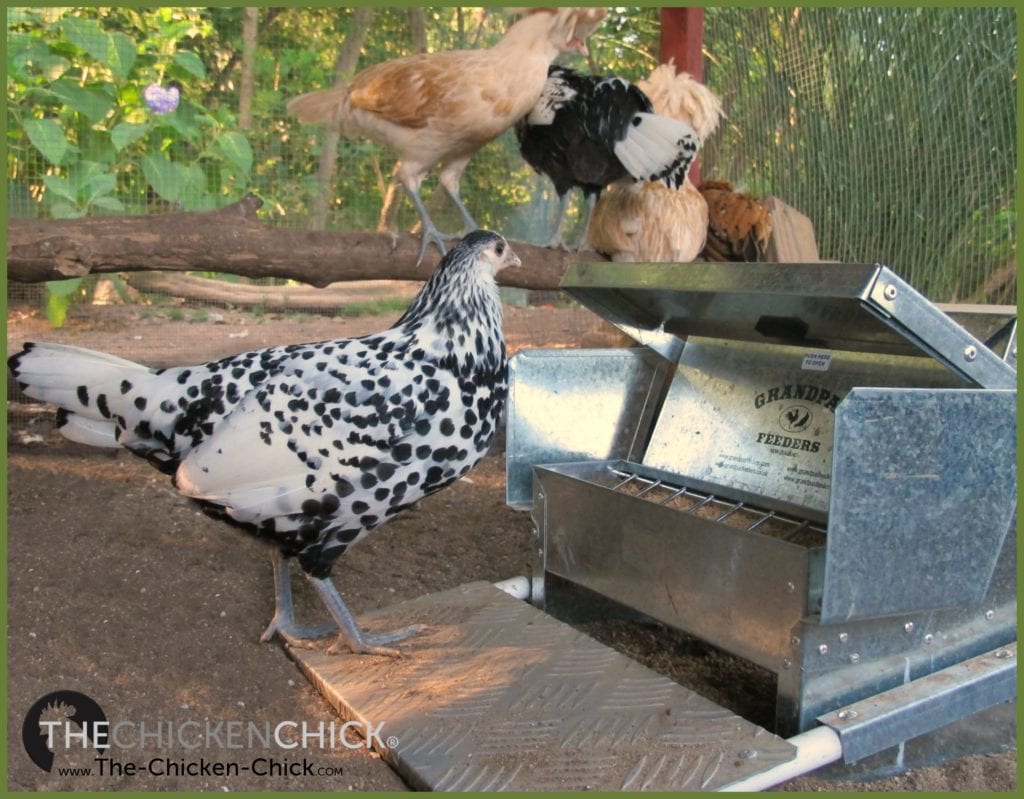











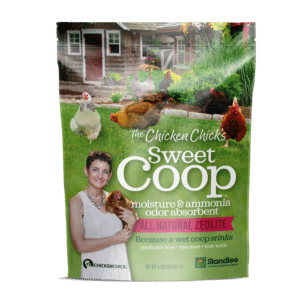

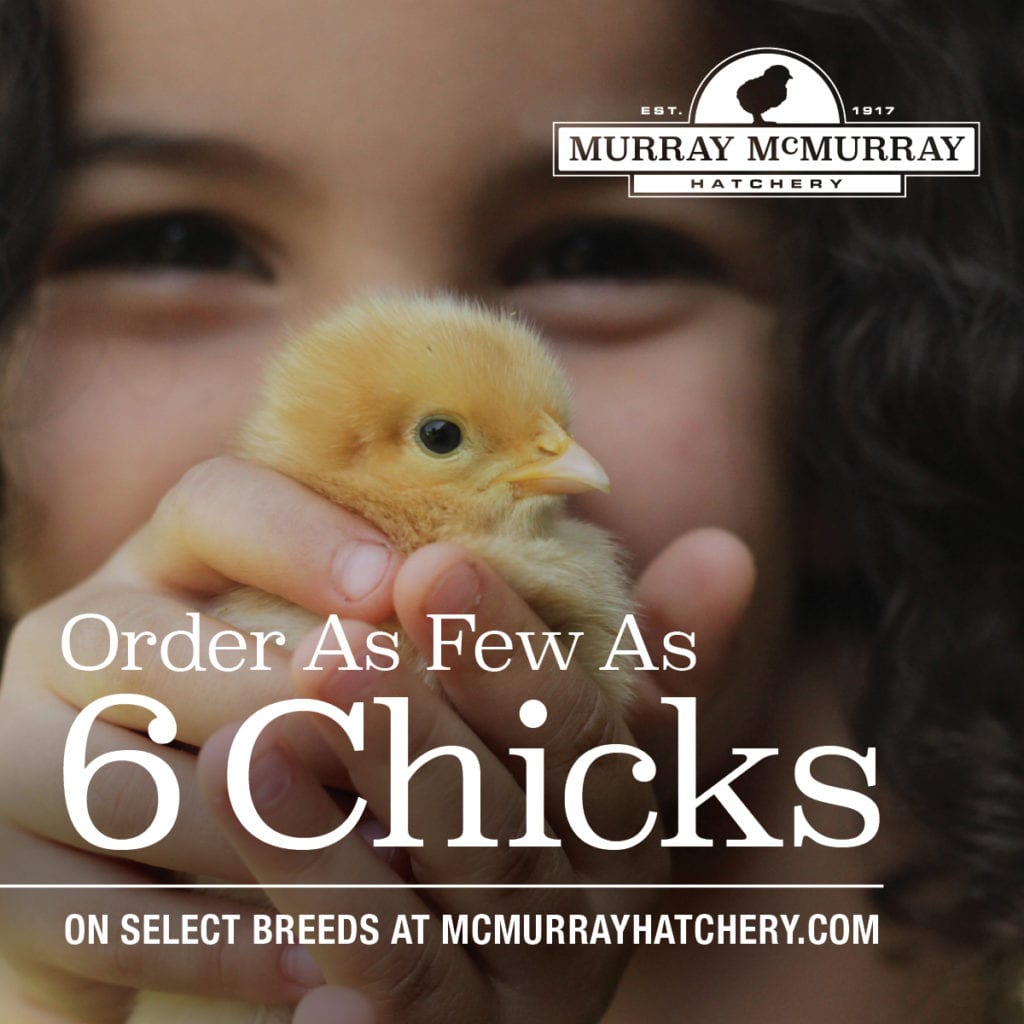
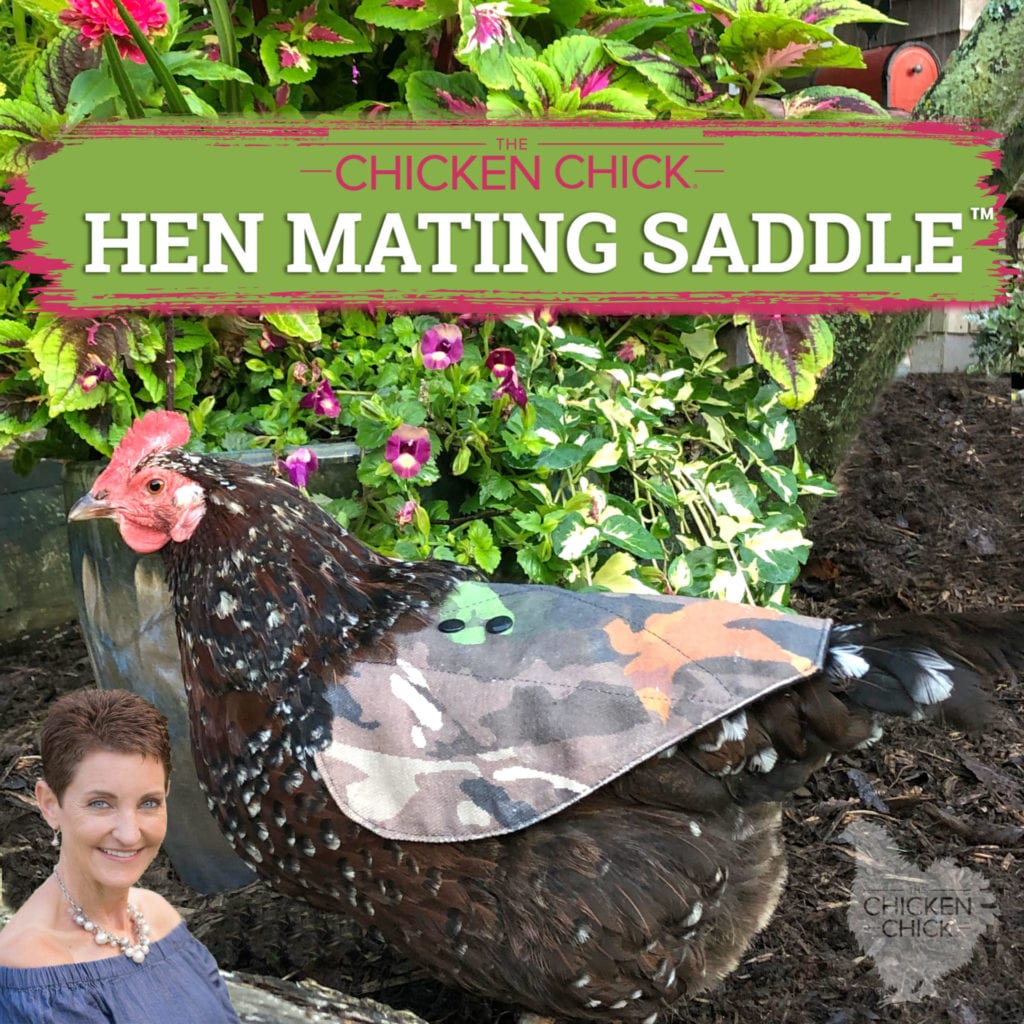


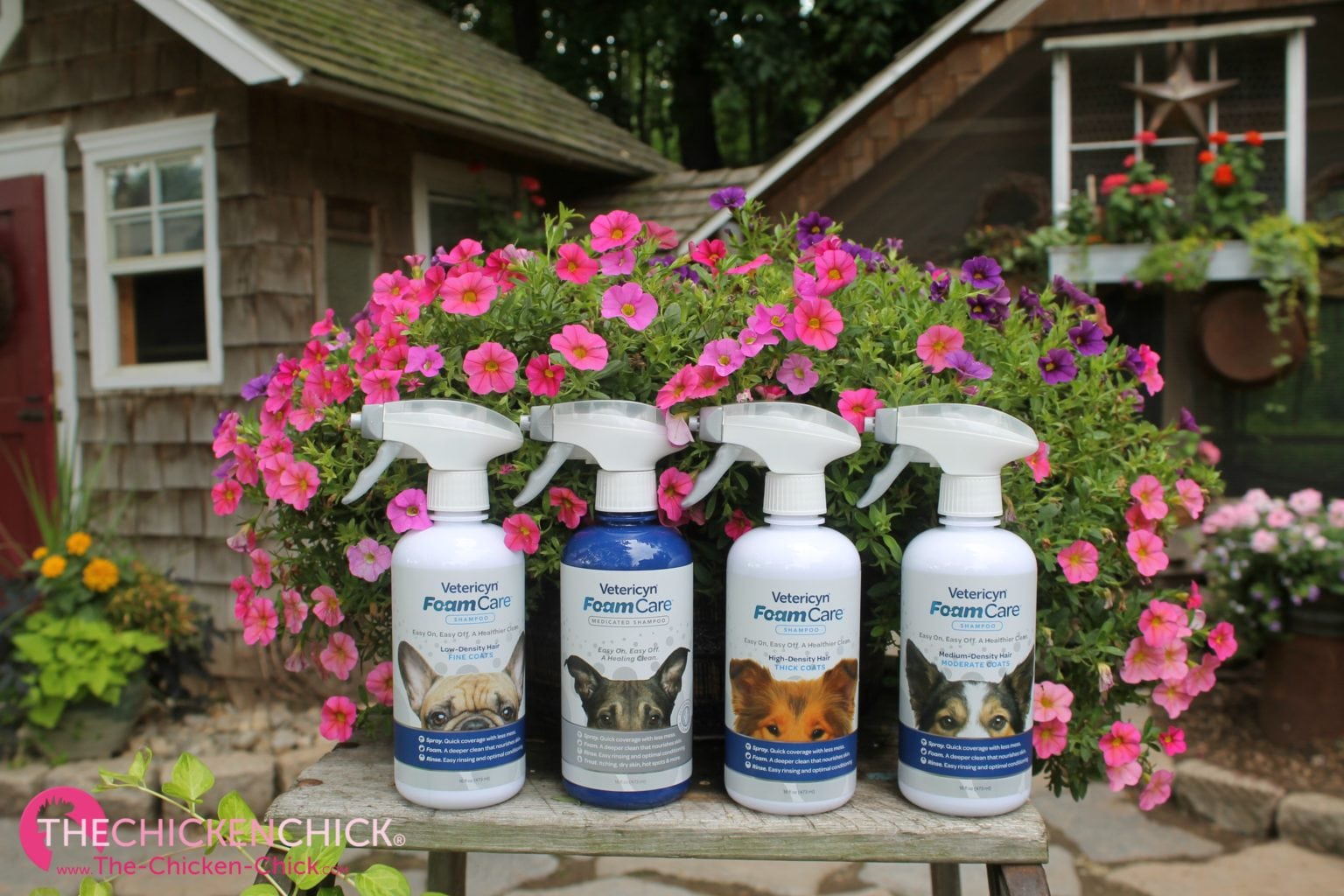

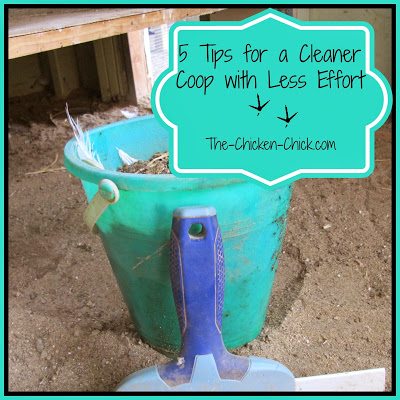
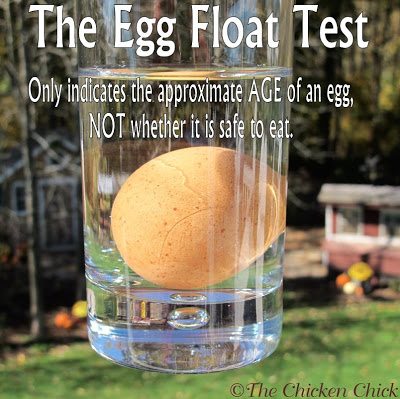







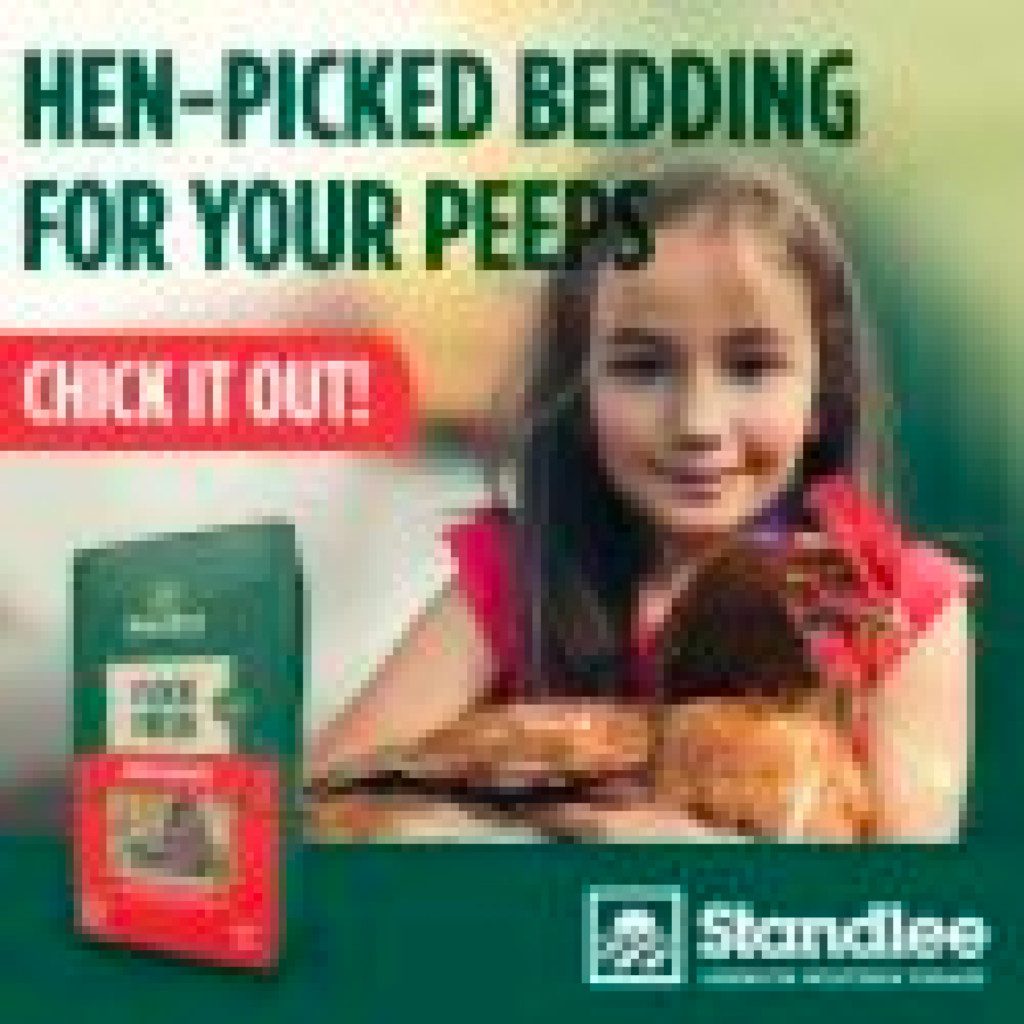


This sounds great!
Need one of theese feeders 100%
I love these feeders! I’ve tried various feeders and this one is by far the best! Needing another one because…chicken math.
Would LOVE to have one of these. My chickens can be so messy . They bring in the squirrels which bring in the dogs to chase the squirrels. It’s almost like the old lady who swallowed a spider….
This seems like a practical solution to the feeding problem. The chickens can eat at will yet I don’t have to constantly refill the feeder. No waste and critters that shouldn’t be eating at the feeder are no longer being fed. It’s a win win situation. I appreciate your recommendations and insight as a new chicken family.